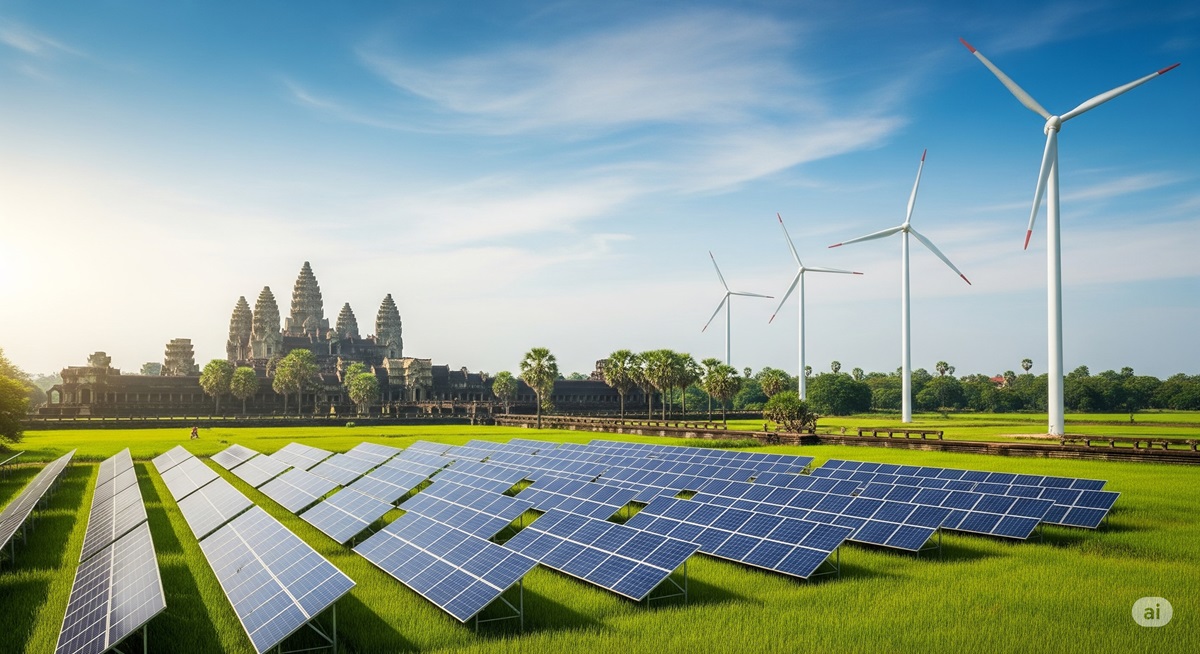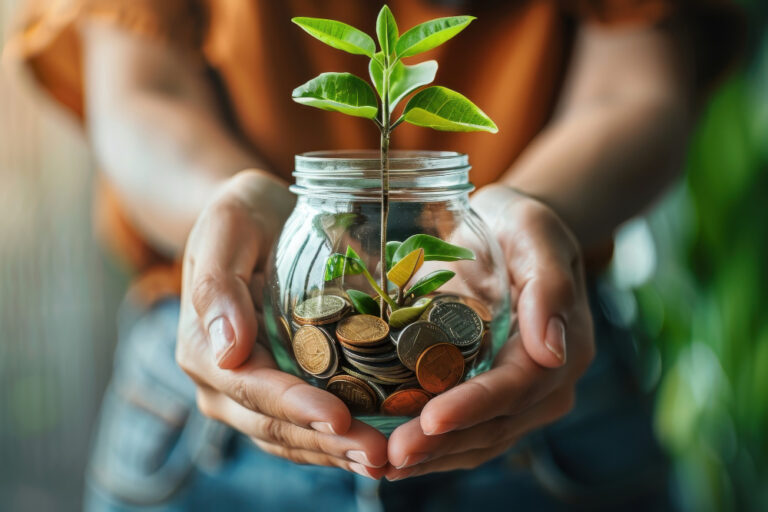Cambodia Accelerates Green Energy Transition, Aims for 70% Renewables by 2030

Phnom Penh, Cambodia – June 12, 2025 – Cambodia is doubling down on its commitment to a sustainable energy future, reaffirming its ambitious goal of increasing the use of renewable energy to 70 percent of its total energy mix by 2030. This significant announcement came during a meeting between Cambodian Prime Minister Samdech Moha Borvor Thipadei Hun Manet and H.E. Sepp Schellhorn, State Secretary at the Federal Ministry for European and International Affairs of the Republic of Austria, held on the sidelines of the Third United Nations Ocean Conference (UNOC3) in Nice, France.

Prime Minister Hun Manet emphasized Cambodia’s proactive stance in tackling environmental challenges, highlighting ongoing national initiatives geared towards sustainability and a decisive green energy transition. The commitment to elevate renewable energy usage from the current 62 percent to 70 percent within the next five years underscores Cambodia’s dedication to mitigating climate change and fostering a cleaner energy ecosystem.
This increased ambition builds upon Cambodia’s already notable progress in the renewable energy sector. The current 62 percent renewable energy share is primarily driven by the country’s significant hydropower resources. However, the renewed push towards 70 percent signals a strategic diversification and expansion into other clean energy sources such as solar, wind, and potentially biomass.
The Prime Minister’s reaffirmation occurs against a backdrop of increasing global urgency to transition away from fossil fuels and embrace cleaner alternatives. As a nation particularly vulnerable to the impacts of climate change, including rising sea levels, extreme weather events, and threats to its vital agricultural sector and biodiversity, Cambodia’s commitment to green energy carries significant weight.
The 70 percent renewable energy target by 2030 not only positions Cambodia as a leader in Southeast Asia’s green energy transition but also presents substantial opportunities for economic growth and job creation within the renewable energy sector. Investments in solar farms, wind power projects, and the necessary grid infrastructure will stimulate local economies, attract foreign direct investment, and enhance energy independence.
H.E. Sepp Schellhorn, representing Austria, acknowledged Cambodia’s environmental efforts and the importance of addressing climate change. The meeting also focused on strengthening bilateral cooperation between Austria and Cambodia in various sectors, including mine action, human resource development, and the Extraordinary Chambers in the Courts of Cambodia (ECCC). The discussions touched upon the potential for broader collaboration, with Prime Minister Hun Manet emphasizing the need to establish a bilateral consultation mechanism to review past collaborations and explore new avenues for partnership.
Austria expressed its commitment to continue working with Cambodia, particularly in areas where it has provided significant support. The offer to welcome young Cambodian diplomats to the Diplomatic Academy of Vienna highlights Austria’s dedication to human resource training and capacity building within Cambodia.
The exchange between the two leaders on climate change further solidifies the growing international recognition of Cambodia’s commitment to a sustainable future. The ambitious renewable energy target of 70 percent by 2030 demonstrates a clear policy direction and a willingness to embrace the economic and environmental benefits of green energy.
Achieving this ambitious goal will likely involve a multi-pronged approach, including
- Strategic Investments in Solar Energy: Given Cambodia’s abundant sunshine, large-scale solar farms and distributed solar installations will likely play a crucial role in reaching the 70 percent target.
- Exploring Wind Power Potential: While still in its early stages, Cambodia may look to harness wind energy resources, particularly in coastal and mountainous regions.
- Modernizing the Grid Infrastructure: Upgrading and expanding the national grid will be essential to integrate the variable nature of solar and wind power effectively. Investments in smart grid technologies and energy storage solutions will be critical.
- Policy Incentives and Regulatory Frameworks: The Cambodian government will likely need to implement supportive policies, including feed-in tariffs, tax incentives, and streamlined permitting processes to attract private sector investment in renewable energy projects.
- International Partnerships and Technology Transfer: Collaboration with international partners, including Austria and other nations with expertise in renewable energy technologies, will be vital for knowledge sharing and technology transfer.
- Focus on Energy Efficiency: Complementary efforts to improve energy efficiency across all sectors will reduce overall energy demand and make the 70 percent renewable target more attainable.
Cambodia’s determined pursuit of a green energy transition serves as an inspiring example for other nations in the region and globally. By setting ambitious targets and actively working towards their realization, Cambodia is demonstrating that a sustainable energy future is not only environmentally imperative but also economically viable. The world will be watching Cambodia’s progress as it strives to achieve its impressive 70 percent renewable energy goal by 2030, further solidifying its position as a proactive player in the global fight against climate change. This commitment not only promises a cleaner environment for Cambodians but also positions the nation for long-term energy security and economic prosperity in the burgeoning green economy.
Frequently Asked Questions (FAQs) on Cambodia’s Green Energy Transition
Q1: What is Cambodia’s current renewable energy target, and what is its new ambition?
A: Cambodia has already achieved a significant 62 percent renewable energy share in its current energy mix. The nation has now reaffirmed an ambitious goal to increase this to 70 percent by 2030, demonstrating an accelerated commitment to green energy.
Q2: What types of renewable energy sources primarily contribute to Cambodia’s current and future targets?
A: Historically, Cambodia’s renewable energy success has been largely driven by its substantial hydropower resources. To reach the 70 percent target, the country is strategically expanding into solar energy, with significant investments in new solar farms, and is also exploring the potential of wind power and biomass energy.
Q3: Why is Cambodia prioritizing a green energy transition?
A: As a nation highly vulnerable to the impacts of climate change (such as floods, droughts, and rising sea levels), Cambodia is prioritizing green energy to enhance its energy security, reduce reliance on imported fossil fuels, mitigate its own contribution to greenhouse gas emissions, and foster sustainable economic growth. It also presents opportunities for job creation and attracting green investment.
Q4: What are the key challenges Cambodia might face in achieving its 70 percent renewable energy goal?
A: Achieving this ambitious target will require continuous strategic investments in new renewable energy projects, particularly solar and potentially wind. It also necessitates modernizing and expanding the national grid infrastructure to effectively integrate variable renewable energy sources, along with supportive policy incentives and international partnerships for technology transfer and capacity building.
Q5: How does Cambodia’s renewable energy target compare to other countries in the region?
A: While the article notes that ASEAN member states generally aim for 35% renewable energy by 2030, Cambodia has already surpassed this with its current 62%. Achieving 70% by 2030 would position Cambodia among the leaders in clean energy adoption within the ASEAN bloc, demonstrating a strong commitment to a sustainable energy future.



